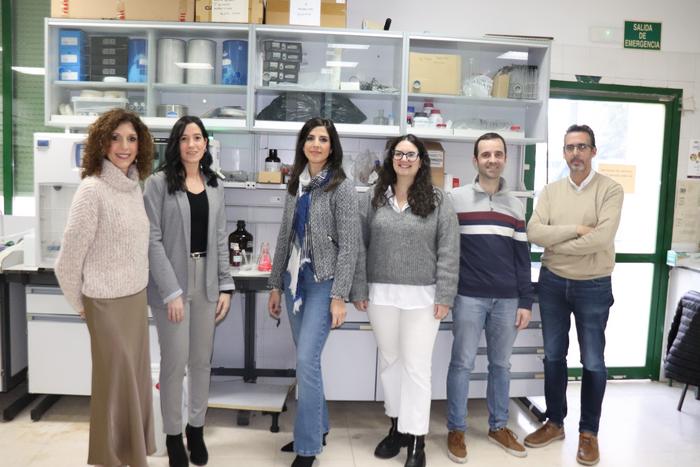
A new and apparently sustainable process turns sewage sludge into activated carbon. The work was completed by a group at the University of Córdoba
According to data from the Spanish government,* 1.2 million tons of sewage sludge were produced in the country in 2021, and its management is a growing problem. Although some of it may have agricultural applications, such as being used as fertilizer after composting, its high concentration of metals limits its use, generating environmental problems.
The new study demonstrates a practical option for giving this waste a second life, turning it into activated carbon, a product boasting great added value and of great industrial interest. Due to its high porosity, it has a great capacity to adsorb molecules on its surface, which makes it especially useful in decontamination processes, such as water purification and gas treatment.
The project was a joint effort by the Inorganic Chemistry and Waste Bioengineering and Green Engineering groups at the University of Córdoba (UCO). Although this is not the first time that sewage sludge has been transformed into activated carbon, “the study demonstrates the possibility of obtaining this material under more favorable and sustainable conditions, and obtaining a high-quality product,” said María Carmen Gutiérrez, one of the authors of the study.
Relative to other similar works published previously, this study has managed to transform the sludge by decreasing the temperature necessary to carry out the process, which means that the waste recovery procedure has lower energy costs, explained Almudena Benítez, another of the project’s researchers. The study also managed to reduce the amount of what in the scientific literature is called the “activating agent,” the substance that activates or accelerates the thermochemical reaction through which the waste becomes a useful product.
During the process, after a first stage of drying the sludge, the dried waste is mixed with the activating agent. The compound then undergoes a pyrolysis process (heating to high temperatures, in the absence of oxygen, which carbonizes the residue) and a treatment that purifies and removes certain minerals. “From a practical point of view, it is important to propose solutions that can then be carried out on an industrial scale,” said María Ángeles Martín, a professor of Chemical Engineering at the University of Córdoba. In addition to using fewer resources, “it is one of the simplest procedures in the literature, and uses technologies that already exist on the market on an industrial scale,” she concluded.
For now the work, originating with the subject of a doctoral thesis by researcher Hansi Martínez, has focused on verifying the quality of the activated carbon that can be obtained from sewage sludge. The next step, the research team explained, is for the group itself to develop applications appropriate for this material.
* Specifically, Spain’s “Ministry for the Ecological Transition and the Demographic Challenge”






